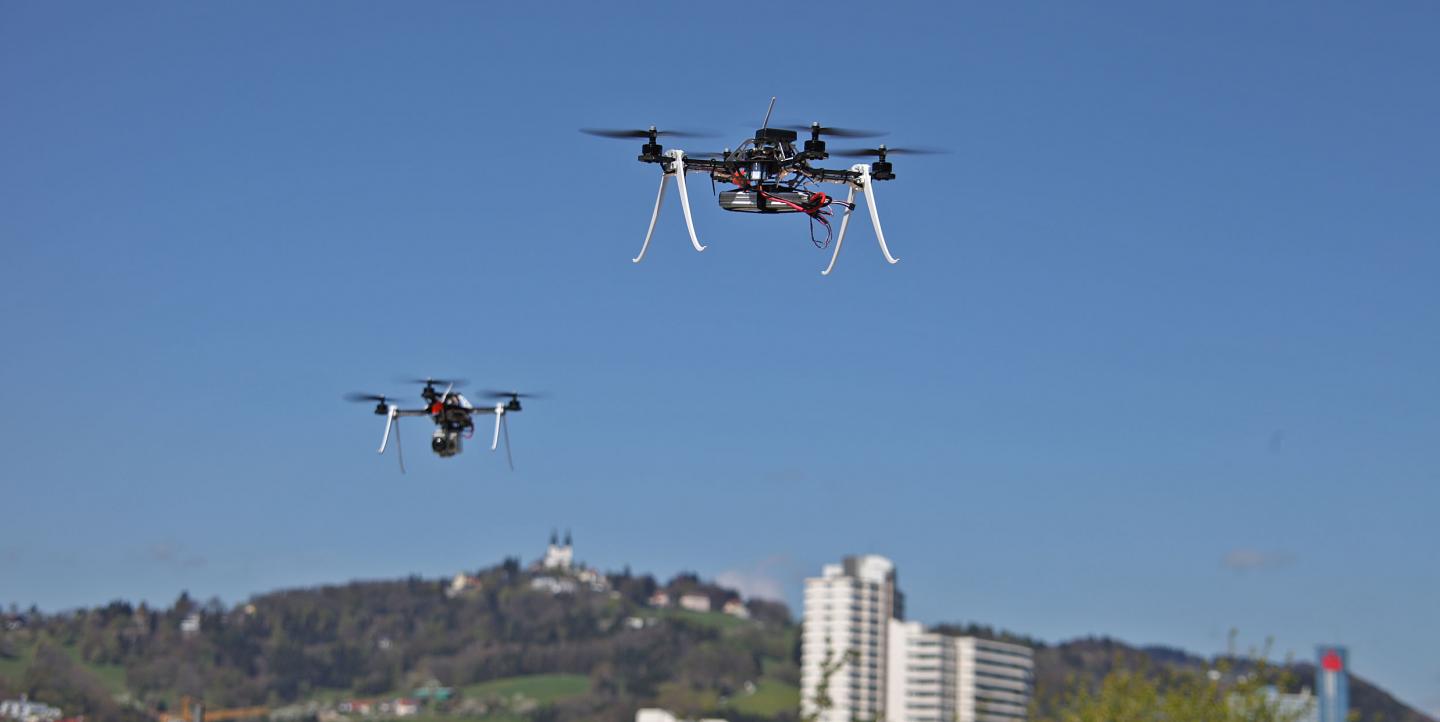At first glance, you might think that a longform multimedia journalism project produced across six cities and three continents must have needed significant resources to complete.
However, the Slumscapes project, which takes readers inside some of the world’s poorest neighborhoods, demonstrates how reporters can tell innovative stories with new technologies while on a constrained budget.
That’s according to ICFJ Knight Fellow Jacopo Ottaviani and Code for Africa News Fellow Johnny Miller, two of the journalists in the 25-person team behind the project.
Slumscapes, a Thomson Reuters Foundation collaboration with Code for Africa, explores slums such as Mexico City’s Ciudad Neza, Mumbai’s Dharavi district and Nairobi’s Kibera slum via drone photography, interactive graphics, maps and other elements. The story offers readers an in-depth look at everyday life in blighted areas, thanks to technological innovations that empower journalists to do more with less.
“You can do much more with much smaller amounts of people and much smaller amounts of money than you could 10 or 20 years ago,” said Miller, who was responsible for all of the project’s aerial drone footage.
Ottaviani, who produced Slumscape’s interactive graphics, told IJNet that many of the tools they used to create the project’s template and content circumvented the need for hiring expensive web developers.
Two tools in particular allowed them to save both money and time: Shorthand, a template creator, and StoryMapJS, an interactive map generator that allowed them to create detailed maps of the settlements, as seen in this profile of Kibera.
“The good thing with these tools is that you don’t need coding skills,” Ottaviani said. “You don’t need to be a developer. These user-friendly tools can be used by anyone who has the data.”
Miller added that on a scale of difficulty — with one being the easiest and 10 the most difficult — he would rank these tools at two. “It’s not even as hard as WordPress,” he said.
Slumscapes was also able to do more with less because of the story’s narrative structure. Ottaviani explained that Slumscapes’ individual components can stand on their own as well as function together as a single long-form piece. Because of its structure, the content can reach a wider audience than it would if published only as a traditional video or narrative piece.
Pushing for innovation
Despite their embrace of low-cost, innovative journalism tools, both Ottaviani and Miller said they recognize why some newsrooms would be hesitant to start experimenting with new forms of storytelling.
“Sometimes it’s a matter of tech literacy,” Ottaviani said. “[Editors] believe that these technologies are too expensive while their budgets are shrinking. But smart investments in tech and data skills can be a very efficient way to spend money.”
“When an editor from traditional media introduces a tool that some older journalists can’t use, he’s basically threatening the status quo,” he added.
Ottaviani advised reporters to be sensitive to the constraints placed on an editor. “The cultural clash is part of the game and that’s why you need to be a good diplomat to be able to convince editors to deploy these technologies,” he said.
Another issue journalists should consider is the ongoing ethical debate about these new technologies — especially drones. Miller said he understood why some newsrooms would be reluctant to start using drones, given the potential for misuse or accidents.
“Drones now are getting smaller and lighter, but still they could definitely hurt someone if they fell on them, and they can definitely hover outside your bedroom window if you were unscrupulous,” he said. “There’s a certain amount of trust you put into a person like me going out and giving me money to come back with aerial footage.”
Miller was first inspired to use drones to photograph low-income areas after he took classes on spatial planning at the University of Cape Town. His first series of drone photography, “Unequal Scenes,” showed the divide between wealthy neighborhoods and poorer districts in South African cities.
Miller and Ottaviani plan to continue using drone photography and multimedia to create innovative longform pieces on topics like land-grabbing, deforestation and shack fires. Both say it’s a particularly exciting time to work in journalism. The pace of media innovation means there’s “more content, more varied content, and more venues to disperse the content,“ Miller said. “I think that’s exciting.”
Jacopo Ottaviani is a journalist and computer scientist who specializes in cross-border data journalism projects and data visualization. Learn more about his work as an ICFJ Knight Fellow here.
Main image CC-licensed by Flickr via Ars Electronica. Video courtesy of the Thomson Reuters Foundation.

